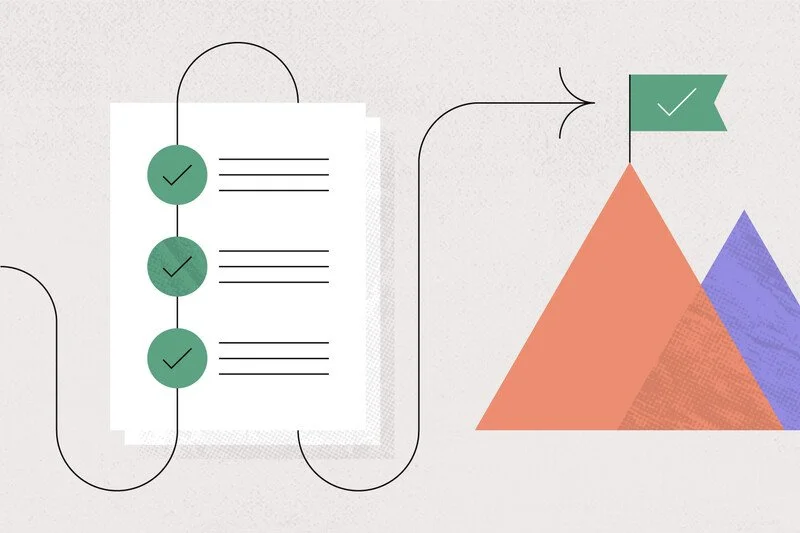Building a More Resilient Avon: Hazard Planning for a Safer Future
Collin Hayes
Our resiliency efforts must be guided by a comprehensive plan of action.
In this series of posts, I'm diving deep into proactive approaches to build resiliency in Avon, particularly in the face of increasingly frequent severe weather events. It's a critical conversation for our community's future.
In my last post, I explored how strategic planning and smart zoning regulations can significantly reduce stormwater runoff, protect our water quality, and effectively mitigate flood damage. These measures are vital in preventing devastating floods and infrastructure failures. It’s imperative that we are realistic about the escalating severity and frequency of extreme weather event.
But simply taking a scattershot approach with individual actions won't be enough. To truly make a difference, these efforts must be guided by a comprehensive plan of action. Such a plan must systematically:
Identify our community's specific vulnerabilities.
Develop robust mitigation strategies and projects to protect us.
Pinpoint essential partners and secure crucial funding opportunities for implementation.
And, most importantly, set clear goals and benchmarks to measure our progress and ensure accountability.
My experience as a member of the Town’s Comprehensive Plan Committee gave me invaluable insight into developing wide-ranging strategic plans. I learned how to effectively gather community input to define a shared vision for our Town’s future and then translate that vision into actionable implementation strategies. This hands-on experience is directly applicable to creating the kind of comprehensive hazard plan Avon needs.
One of the most vital instruments in our resiliency toolbox is developing an effective hazard plan. Developing such a plan requires:
Defining Goals and Objectives: Clearly defined goals are the bedrock of any effective plan. These goals may be broad and long-ranging, yet also lend themselves to concrete, measurable implementation items. Considering the recent flood in Avon and the damage it caused to roads, infrastructure, and personal property, our goals should directly aim to decrease the amount of damage caused by similar heavy rainfall events in the future. We can also set measurable goals to track our progress in implementing the stormwater controls and flood damage prevention strategies I discussed in my last post.
Identifying Stakeholders: For a plan to truly succeed, it’s crucial to identify all stakeholders who will be affected by its implementation or who can be instrumental in achieving its goals. This includes our Town and Village officials; County, State, and Federal officials and policymakers; community leaders; non-profit organizations; local businesses, and, of course, the residents of our Town. Gathering comprehensive community input is absolutely vital to ensure the plan addresses our local realities and specific needs.
Identifying Hazards: We must take a thorough inventory of both historic and potential hazards that place our community at risk. In the context of flooding, this means closely examining areas that have experienced the most damage during recent storms and where our infrastructure has been overwhelmed. Technology, such as GIS mapping, will be an important tool in precisely identifying the frequency, magnitude, and areas of vulnerability. (Read my post in which I discuss how GIS mapping can be used to significantly improve our stormwater infrastructure.) It’s also critically important to understand the downstream effects of extreme weather events, often known as "cascading hazards."
Assessing Vulnerabilities: This step involves identifying the neighborhoods, homes, critical infrastructure, and natural resources most at risk from these hazards. It requires gathering community input to assess the real damage from past storms and pinpointing areas where infrastructure or roads frequently fail.
Recommending Implementation Strategies: This is where we develop concrete mitigation and adaptation measures that directly support the goals of our hazard plan. These strategies can include:
Capital improvement projects, such as expanding floodplains, or upgrading and even strategically relocating vital infrastructure.
Regulations and policy changes, like those I discussed in my previous post, to require resilience design and rigorous controls for development in vulnerable areas.
Incentivizing development and infrastructure that actively promotes resiliency.
Crucially, identifying funding mechanisms, such as state grant money and federal assistance, which I will discuss at length in a future post.
Strategizing for and Adapting to Change: Our hazard landscape is ever-evolving. As we have clearly seen, extreme weather events are increasing in their frequency and severity. It is therefore paramount to include strategies within the plan that will continuously assess its implementation, its impact on hazard mitigation, and identify emerging hazards as they develop. This ensures our plan remains dynamic and effective.
Developing a robust, comprehensive hazard plan isn't just about preparing for the worst; it's about proactively building a safer, more resilient, and more sustainable Avon for all of us. As a member of your Town Council, I will prioritize this vital work.
